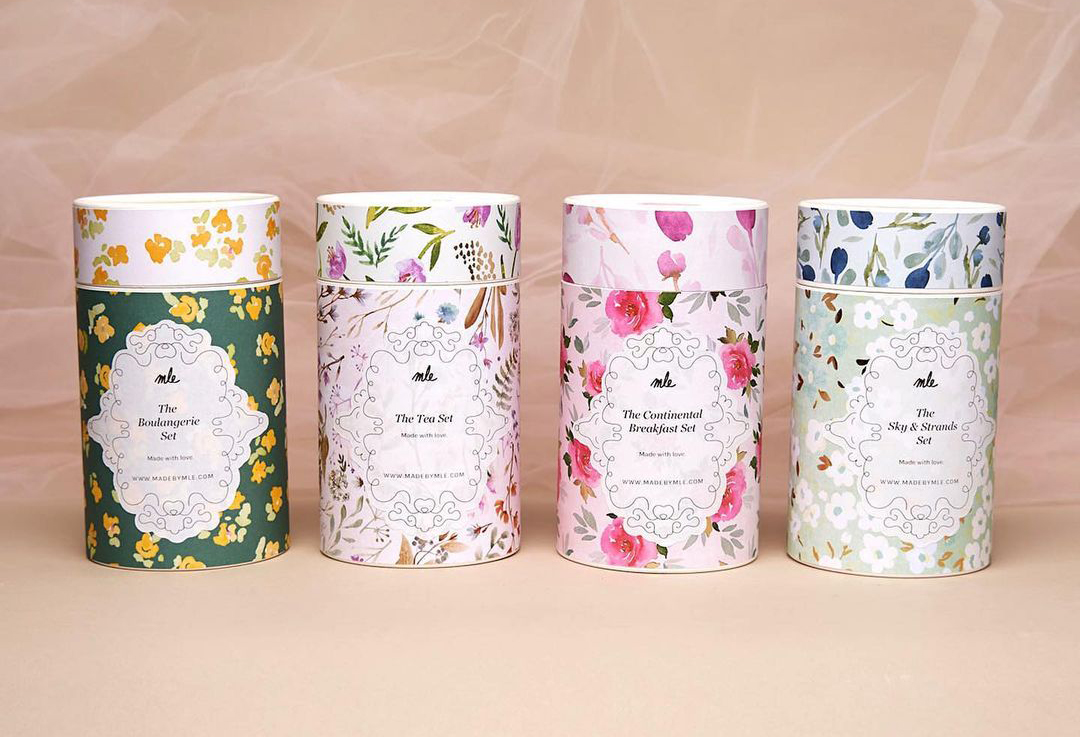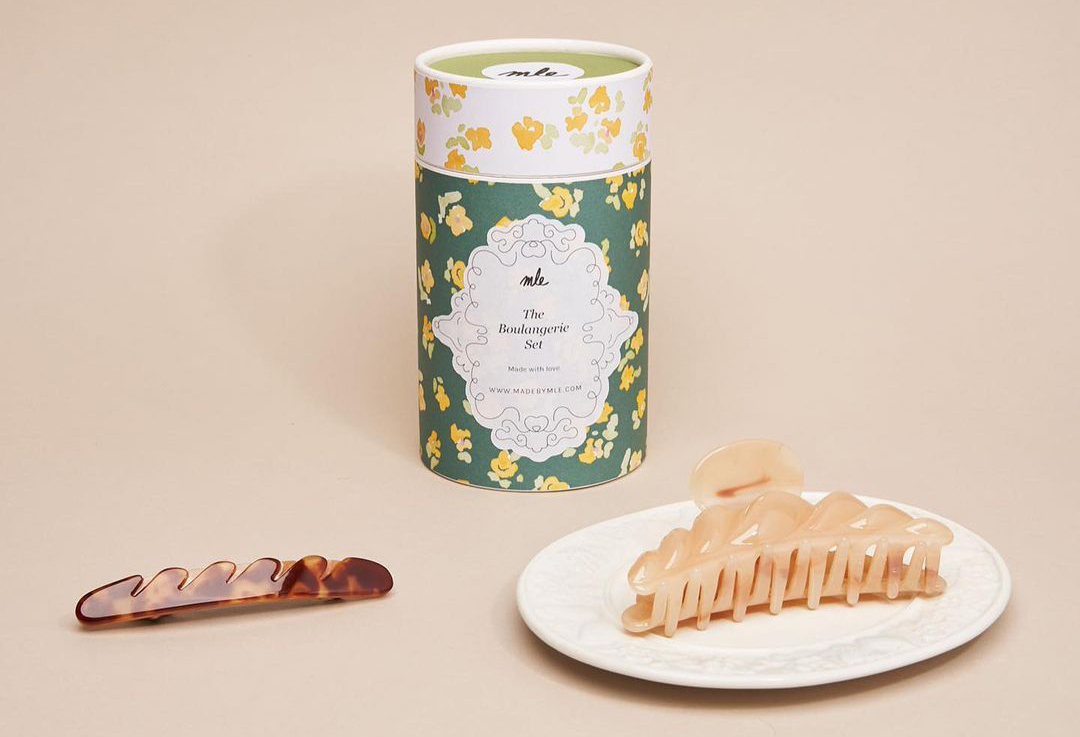Crucial Considerations for Designing Custom Paper Tubes
Packaging containers play a pivotal role in safeguarding and presenting products, with Custom Paper Tubes emerging as a versatile choice. Explore the vital factors influencing their design, ensuring optimal protection, presentation, and sustainability in a dynamic market.
In the realm of packaging, the significance of containers cannot be overstated. These vessels, crafted from materials like cardboard, paperboard, corrugated fiberboard, or plastic, serve as guardians, preserving, storing, and transporting goods during shipping and handling. From petite boxes for retail packaging to sizable ones for bulk shipments, packaging boxes are integral to the packaging industry. Their importance extends beyond protection, acting as a branding tool, with companies imprinting logos, slogans, and marketing messages to promote products and boost visibility in the marketplace.
1. Future and Market Share of Paper Tube Packaging
The U.S. packaging industry is a robust contributor to the economy, anticipating a revenue surge to $193.3 billion by 2024. Fueled by population growth, increased consumer spending, and heightened demand for e-commerce packaging, this industry encompasses diverse players like International Paper, WestRock, Sealed Air, and Amcor. Custom Paper Tubes find their niche among various packaging solutions, catering to applications such as food and beverage, pharmaceuticals, and industrial packaging.
2. Design Considerations for Custom Paper Tubes
2.1 Material:
The selection of materials is paramount for Custom Paper Tubes, requiring a delicate balance of strength and lightness. While corrugated fiberboard offers durability and lightness, other materials like plastic or paperboard might be chosen based on product needs and desired protection levels.
2.2 Size and Shape:
Tailoring the size and shape of the packaging box to snugly fit the product reduces transit damage risk. Designing the body to complement the product's shape enhances visual appeal, such as crafting Custom Paper Tubes that mirror the unique form of cosmetics.
2.3 Branding and Graphics:
Custom Paper Tubes should incorporate branding elements like logos and graphics, aligning with the product and the company's identity. A visually appealing design communicates unique features and benefits to customers.
2.4 Functionality:
Ease of use is a crucial aspect, with features like handles, tear strips, or user-friendly lids enhancing functionality. Considering end-users' needs, such as storage or display options, ensures a positive experience, like incorporating trays or dividers in Custom Paper Tubes for food products.
2.5 Sustainability:
Responding to the growing demand for sustainable packaging, Custom Paper Tubes should prioritize recyclable or biodegradable materials. Minimizing waste and environmental impact becomes achievable, reflecting a commitment to eco-friendly practices.
2.6 Cost:
Balancing functionality and visual appeal with cost considerations is vital in designing Custom Paper Tubes. Optimization for manufacturing efficiency, minimal material usage, and simplified assembly contribute to cost-effectiveness.
In conclusion, the design of Custom Paper Tubes demands a holistic approach, considering product needs, brand identity, sustainability, and cost efficiency. By aligning with these factors, Custom Paper Tubes can fulfill their role of safeguarding products, enhancing presentation, and minimizing environmental impact and costs in a comprehensive manner.
 English
English Español
Español Português
Português Pусский
Pусский Français
Français Deutsch
Deutsch 日本語
日本語 한국어
한국어 Italiano
Italiano عربى
عربى

